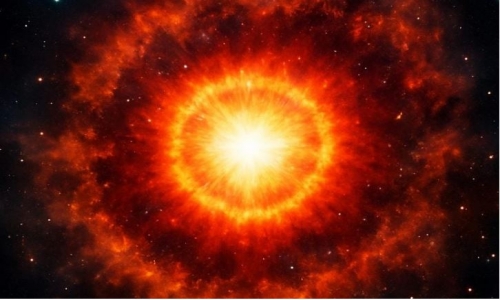


 9:19:51
9:19:51  2023-01-12
2023-01-12  730
730

Before the year 1975.. it was believed that the planet Venus had dinosaurs and reptiles and consisted of green meadows and forests!
Venus has a very thick atmosphere that prevents us from seeing what is inside it and reflects most of the sunlight
Therefore, you notice that the brightest celestial body after the moon in the sky is the planet Venus. As a result, we cannot see its outlines and details with any terrestrial or space telescope.
But after the Soviet Union sent in 1975 a spacecraft called (Venera 9) to Venus, and it entered with great difficulty.
It discovered that Venus is a hell! And the vehicle melted after only 30 minutes!
So far, no vehicle has been sent again
Reality Of Islam |
|

Water may s

"It is

The process

Astronomers
 9:3:43
9:3:43
 2018-11-05
2018-11-05
10 benefits of Marriage in Islam
 7:5:22
7:5:22
 2019-04-08
2019-04-08
benefits of reciting surat yunus, hud &
 9:45:7
9:45:7
 2018-12-24
2018-12-24
advantages & disadvantages of divorce
 11:35:12
11:35:12
 2018-06-10
2018-06-10
 6:0:51
6:0:51
 2018-10-16
2018-10-16
 3:43:50
3:43:50
 2022-11-05
2022-11-05
 11:34:48
11:34:48
 2022-06-29
2022-06-29
 5:58:12
5:58:12
 2021-12-18
2021-12-18
 1:38:41
1:38:41
 2021-12-08
2021-12-08
 9:42:16
9:42:16
 2022-10-19
2022-10-19
 10:47:11
10:47:11
 2022-11-22
2022-11-22
 7:32:24
7:32:24
 2022-02-14
2022-02-14
 5:41:46
5:41:46
 2023-03-18
2023-03-18
| LATEST |